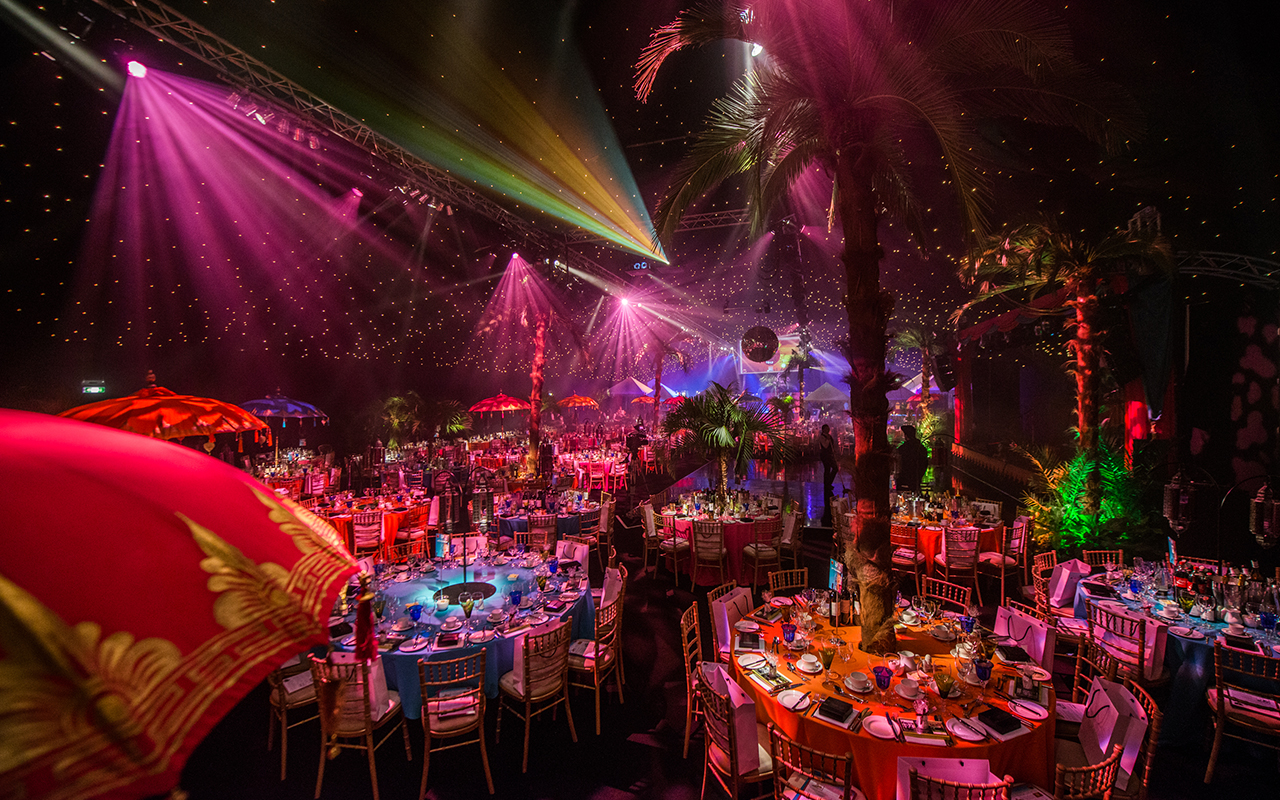One of the key significant benefits of LED display screens is their brightness. Light Emitting Diode tech produces vibrant and radiant pictures that can be easily seen in multiple lighting conditions. Unlike conventional projectors, which can have difficulty in brightly lit environments, LED display screens maintain their clarity and hue precision even in bright rooms. This makes them ideal for external events or locations with big openings. The high luminosity levels ensure that the material displayed is always visible, making it simpler for viewers to engage with the information being shown.
In addition to brightness, LED display screens provide superior image clarity. They offer higher resolution and improved hue reproduction compared to traditional projection technologies. This means that pictures and footage displayed on an Light Emitting Diode wall appear crisper and more defined. The pixel concentration of LED displays allows for close viewing without sacrificing sharpness, which is particularly important in environments like exhibition shows or conferences where attendees may be close to the display. Furthermore, Light Emitting Diode technology can produce deeper dark tones and more intense colors, enhancing the complete aesthetic impression.
Flexibility is another key advantage of LED display screens. These systems can be configured in multiple dimensions and shapes to fit different areas and aesthetic requirements. Unlike traditional projectors, which require a specific spacing from the screen to function correctly, Light Emitting Diode video walls can be set up in a range of settings. They can be bent, arranged, or even used in creative layouts to create unique display presentations. This adaptability allows organizations to customize their display exhibits to suit their specific needs, making Light Emitting Diode video screens a flexible option for any setting.
Maintenance is also a crucial factor when comparing LED display important site screens to conventional projection systems. Light Emitting Diode displays generally require fewer upkeep over time. Traditional projection systems often need lamp changes and routine cleaning to maintain optimal performance. In comparison, Light Emitting Diode technology has a longer duration and does not require frequent changes. This lowers inactivity and maintenance costs, making Light Emitting Diode display screens a more economical solution in the long run. Organizations can focus on their presentations rather than concerned about the maintenance of their visual systems.

Lastly, energy conservation is an essential factor for many companies. LED video screens consume fewer energy compared to conventional projector technologies, which can lead to substantial savings on energy bills. This is especially beneficial for businesses and locations that use screens for long periods. Additionally, the lower energy consumption of LED technology contributes to a reduced environmental impact, making it a more sustainable choice. By choosing Light Emitting Diode video walls, organizations can enjoy high-quality display screens while also being considerate of their power consumption and ecological impact.
In conclusion, LED display walls offer numerous advantages over conventional projection systems. Their brightness, image quality, flexibility, low upkeep requirements, and power conservation make them an superior option for modern visual screens. As technology continues to advance, LED display screens are likely to grow even more common in various settings, providing organizations with the tools they require to efficiently convey and interact with their audiences.